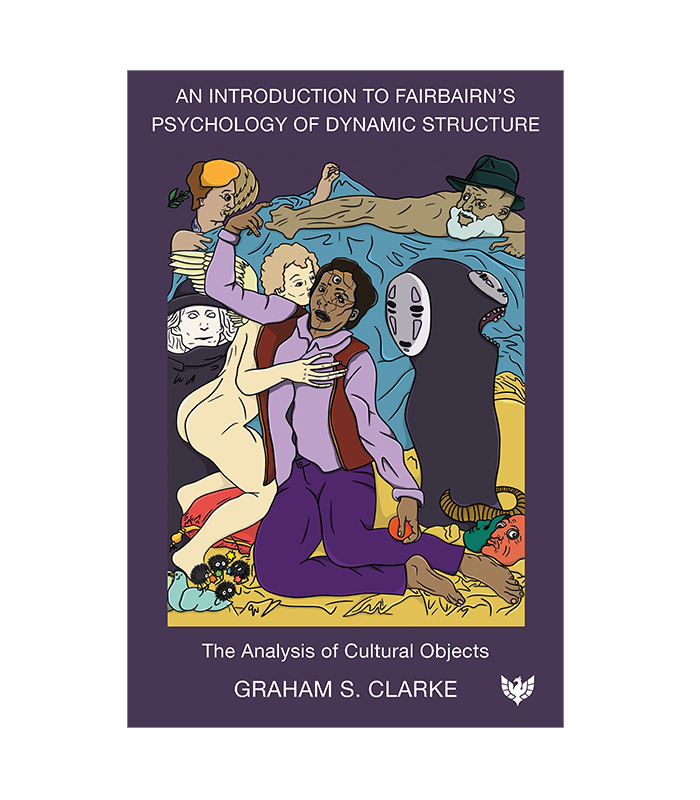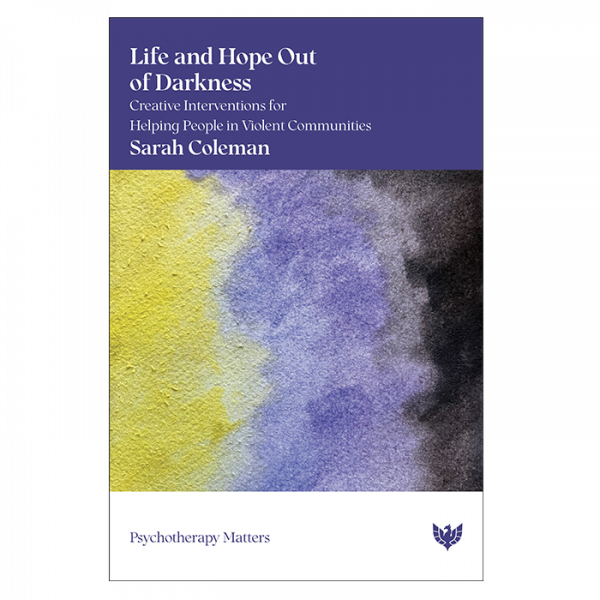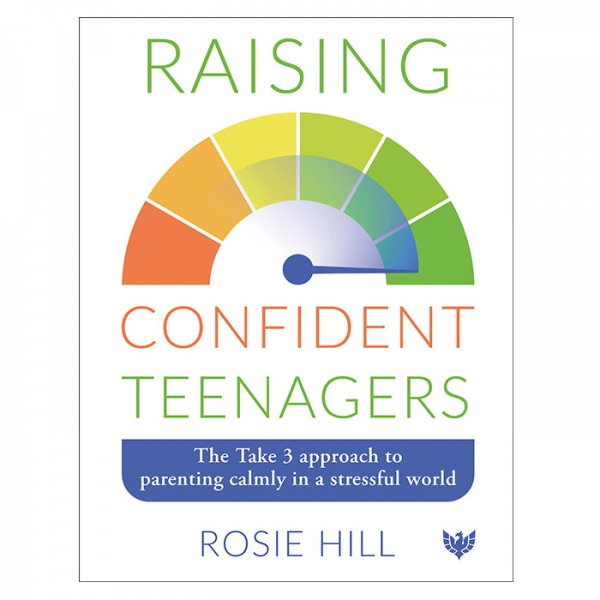An Introduction to Fairbairn’s Psychology of Dynamic Structure: The Analysis of Cultural Objects describes W. R. D. Fairbairn’s model of endopsychic structure and includes his thoughts on the social and the aesthetic. It offers a modified version of Fairbairn’s model based upon his thinking about the moral defence, psychic growth, and mature dependence. The model is brought to life by its application to the analysis of a number of cultural objects: Bronzino’s An Allegory of Venus and Cupid, Dennis Potter’s trailblazing miniseries The Singing Detective, the enchanting anime Spirited Away directed by Hayao Miyazaki, and the mind-bending cinematic experience that is Everything Everywhere All at Once.
Author Graham S. Clarke also considers the current conditions affecting psychoanalysis and psychoanalytic theories: a society with increasing opposition to depth thinking of any sort and the rise of populism and the neoliberal notion of the ‘self as entrepreneur’. He offers suggestions as to how these trends might be understood and challenged. In particular, he describes how Fairbairn’s theory might be considered as, and provide a basis for, a critical realist personal relations approach to psychoanalysis.
This book is ideal reading for all psychoanalysts and those interested in the cultural impact of the arts.






Jonathan Hourigan, screenwriter and programme director, MA Screenwriting, University of Manchester –
‘This muscular, lucid, and accessible introduction to Fairbairnian object relations is a treasure trove of brilliant theoretical insights and creative provocations for those engaged in film and cultural studies and creative writing, as well as for a wider readership engaged in understanding contemporary cultural production and the human condition. Graham Clarke analyses a Renaissance masterpiece and three complex but hugely popular audiovisual artefacts from the last forty years from psychoanalytic, cultural, aesthetic, and political perspectives, and to thrilling effect. Who knew that a book on psychoanalytic theory could leave one wanting more?’
Dr Nini Kerr, Senior Lecturer, School of Health in Social Science, University of Edinburgh –
‘Graham Clarke’s work offers a concise yet theoretically sophisticated examination of Fairbairn’s central tenets, illuminating their social and aesthetic dimensions. By placing Fairbairn’s ideas within a broader intellectual context, Clarke reveals the enduring resonance of his thought. This study exemplifies Clarke’s profound and sustained engagement with Fairbairn’s oeuvre, demonstrating not only scholarly rigour, but also a distinctive interpretive artistry. Indeed, Clarke emerges as a vital interlocutor in Fairbairn’s legacy – recovering, refining, and dynamically reanimating his theoretical contributions in a work that achieves the rare balance of intellectual depth and accessibility.’
Valerie Sinason, PhD, MACP (retd), MInstpsychoanal, FISSTD, founder and now patron, Clinic for Dissociative Studies and president, Institute of Psychotherapy and Disability –
‘Graham Clarke has been a profound interpreter of Fairbairn’s multi-faceted work for decades. This rich, rigorous, and imaginative book carefully explains Fairbairn’s seminal theories and applies them to art, film, television, trauma, and dissociation. It deepens our understanding and appreciation of Fairbairn as a psychoanalytical thinker and aids the reader who has never encountered his work before as well as the specialist. An excellent foreword by Clarke’s son, Ross Clarke, frames and contextualises the book.’